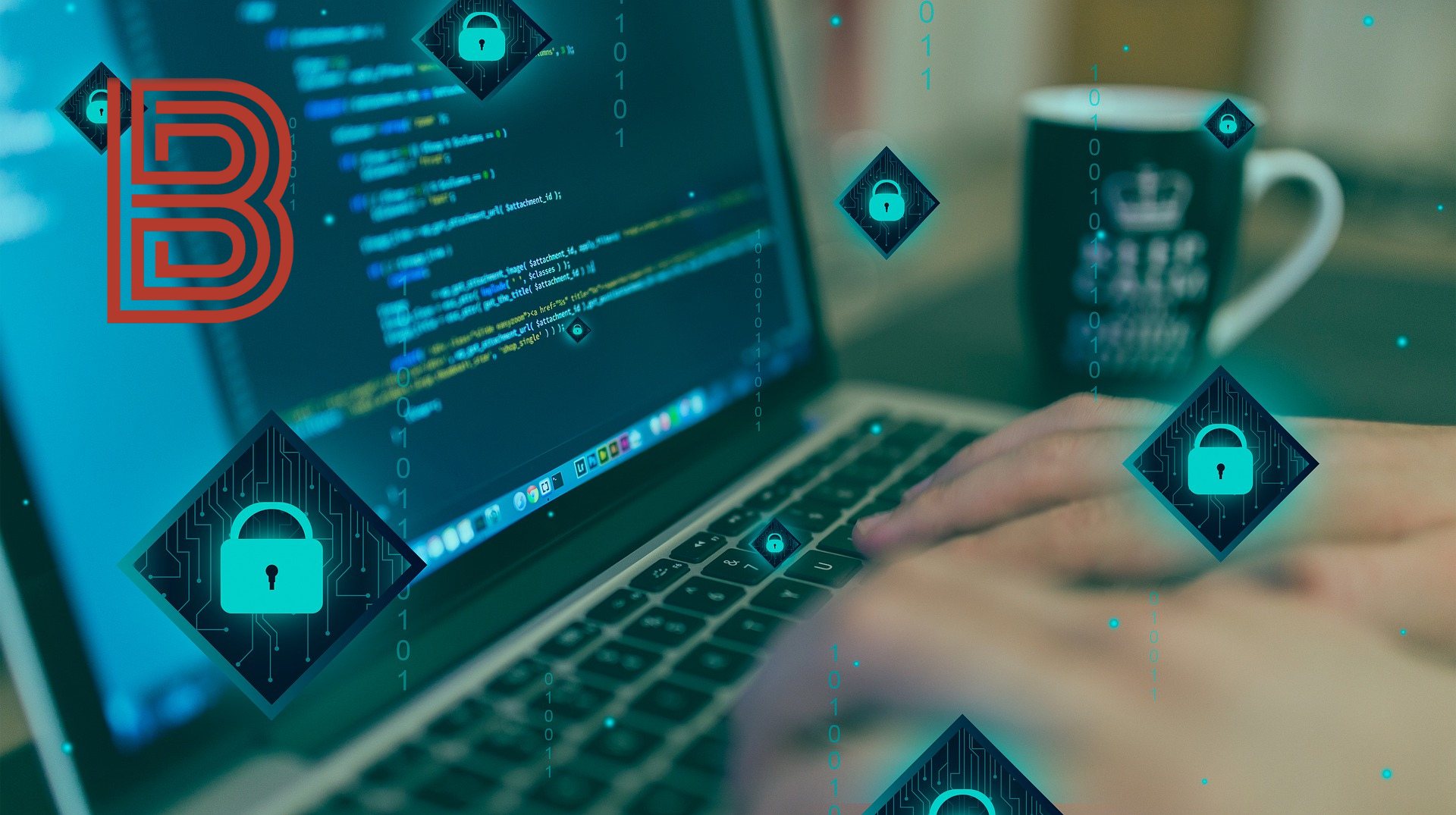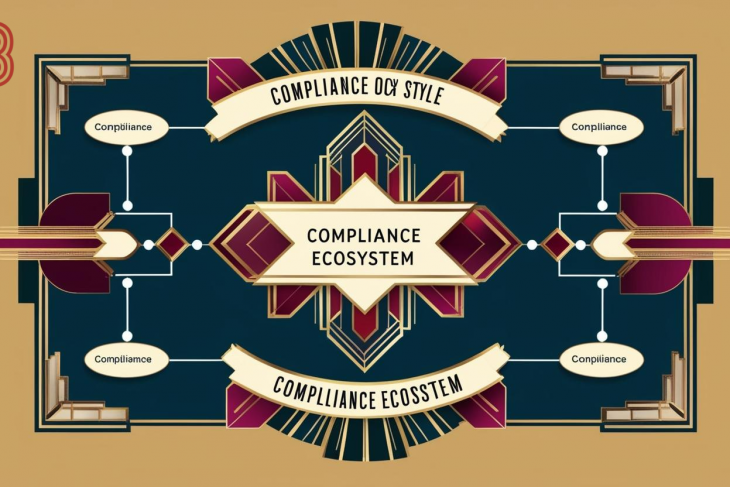
Introduction
In the ever-evolving digital landscape, organizations face a constant barrage of cybersecurity threats that can compromise sensitive information, disrupt operations, and erode stakeholder trust. One of the most fundamental—and often overlooked—defenses against these threats is a robust patch management strategy. The cadence (frequency) and effectiveness of patching directly impact an organization’s cyber risk profile. Yet, balancing timely patch deployment with operational continuity remains a challenge for many enterprises.
The Role of Patching in Cyber Risk Management
Patching refers to the process of updating software, operating systems, or firmware to fix known vulnerabilities, enhance functionality, or correct errors. From a risk management perspective, patching is a key control in reducing the attack surface of an organization. Unpatched systems are among the most commonly exploited vulnerabilities by threat actors, including state-sponsored groups, cybercriminals, and hacktivists.
Failure to apply patches promptly can lead to a chain of negative consequences: exploitation of zero-day vulnerabilities, lateral movement within networks, data breaches, and service interruptions. Conversely, an effective patch management process can significant ly lower risk exposure by ensuring that known flaws are corrected before they can be weaponized.
Understanding Patching Cadence
Patching cadence refers to the frequency and regularity with which patches are applied within an organization. Cadence must be carefully balanced: too slow, and systems remain exposed; too fast, and there’s a risk of operational disruption or instability.
Common Patch Cadence Models
Routine Scheduled Patching
Monthly or weekly cycles (e.g., Microsoft’s Patch Tuesday).
Predictable and manageable, but may delay urgent updates.
Ad-Hoc or Emergency Patching
Immediate response to zero-day vulnerabilities.
Faster remediation, but often lacks formal testing.
Risk-Based Patching
Prioritizes patches based on asset criticality and threat intelligence.
Resource-intensive but highly strategic.
Continuous Patching
Uses automation and real-time deployment tools.
Ideal for modern DevSecOps environments, but challenging in legacy systems.
Industry Practices
Highly regulated industries (e.g., finance, healthcare) often mandate strict patching policies and timelines, while others may have more flexibility. For instance, the Payment Card Industry Data Security Standard (PCI DSS) requires that critical patches be applied within one month of release.
Metrics for Measuring Patch Effectiveness
Patching effectiveness is not merely a function of applying updates; it also depends on the timeliness, scope, and success rate of deployment. Key metrics include:
Time to Patch (TTP)
The average duration between patch release and deployment. Lower TTP equates to reduced vulnerability windows.
Patch Success Rate
The percentage of patches deployed without causing adverse effects (e.g., system crashes, application failures).
Coverage Rate
Proportion of systems, endpoints, and applications that have received the patch.
Residual Risk Score
Assesses remaining exposure after patching, accounting for compensating controls and incomplete coverage.
Mean Time to Remediate (MTTR)
Broader than TTP, this measures how long it takes to resolve a vulnerability, including patching, validation, and system stabilization.
Challenges in Patch Management
Despite the clear benefits, organizations face numerous hurdles in executing an effective patch management strategy:
1. Complex IT Environments
Modern enterprises often operate hybrid environments that include on-premises servers, cloud infrastructure, mobile devices, and IoT endpoints. Ensuring comprehensive patching across this diversity is inherently complex.
2. Downtime Concerns
Critical systems may have minimal maintenance windows, and applying patches can introduce instability or require reboots, impacting business continuity.
3. Resource Limitations
Security and IT teams may be understaffed or underfunded, reducing their ability to test and deploy patches efficiently.
4. Vendor Dependencies
Some patches are dependent on third-party vendors or require updated configurations, leading to delays or compatibility issues.
5. Change Control and Governance
Organizations with strict change management protocols may encounter bureaucratic hurdles that slow patch implementation.
Strategic Approaches to Improve Patching Cadence and Effectiveness
Addressing the challenges of patch management requires a proactive, strategic approach that integrates technology, governance, and cultural change.
1. Adopt a Risk-Based Patching Strategy
Not all systems are equally critical, and not all vulnerabilities are equally exploitable. Risk-based patching uses asset classification, threat intelligence, and vulnerability scoring (e.g., CVSS) to prioritize efforts where they matter most.
2. Automate Where Possible
Tools like Microsoft SCCM, WSUS, Ivanti, and Tanium offer automation features for patch detection, testing, deployment, and rollback. Automation improves cadence while reducing the risk of human error.
3. Integrate Patching with Vulnerability Management
Patching must be part of a broader vulnerability management lifecycle that includes detection (scanning tools), prioritization, remediation, and validation.
4. Establish Clear Governance
Policies should define patching timelines (e.g., critical patches within 7 days), roles and responsibilities, exception processes, and reporting requirements. Governance structures ensure accountability and alignment with risk appetite.
5. Implement Patch Testing and Rollback Procedures
A patch that breaks a mission-critical application can be as damaging as a security breach. Controlled testing environments and rollback plans are essential for operational resilience.
6. Leverage Threat Intelligence
Incorporating real-time threat intelligence helps identify active exploits in the wild and prioritize patch deployment accordingly.
7. Conduct Regular Audits and Penetration Testing
Periodic testing and audits help verify patch compliance, identify gaps, and simulate real-world attack scenarios.
Sector-Specific Considerations
Financial Services
With high volumes of sensitive data and strict regulatory oversight, financial institutions are under pressure to maintain tight patching cadences. Regulators often perform audits, and failure to patch known vulnerabilities can lead to heavy fines.
Healthcare
Patient safety is paramount, and the use of legacy medical devices complicates patching efforts. Many devices are not designed for frequent updates, and downtime can risk lives. Coordination with OEMs and segmentation strategies are common mitigation techniques.
Energy and Industrial Control Systems (ICS)
OT (Operational Technology) environments prioritize availability over security. Patch testing must be exhaustive to prevent service disruptions, and patching schedules are often limited to planned outages.
Case Studies
Equifax Breach (2017)
One of the most notorious examples of led patch management, the Equifax breach resulted from an unpatched Apache Struts vulnerability. Despite a fix being available months before the breach, it remained unaddressed, leading to the compromise of over 145 million records.
WannaCry Ransomware (2017)
This global ransomware attack exploited a Windows vulnerability for which a patch had been released months prior. Organizations that failed to apply the update were left vulnerable, causing widespread disruption in sectors ranging from healthcare to manufacturing.
Regulatory and Compliance Implications
Governments and industry bodies are increasingly recognizing the importance of patch management and integrating it into compliance requirements:
NIST SP 800-40 Rev. 3 recommends a structured approach to patch and vulnerability management, including asset inventory and prioritization.
ISO/IEC 27001 requires that organizations manage technical vulnerabilities in a timely manner as part of its Information Security Management System (ISMS).
GDPR and CCPA indirectly enforce patching by requiring appropriate technical and organizational measures to secure personal data.
Cybersecurity Maturity Model Certification (CMMC) and HIPAA include patching as a core control.
Failing to meet these standards can result in compliance violations, penalties, and reputational damage.
Emerging Trends and Technologies
Artificial Intelligence and Machine Learning
AI-driven patch management tools are emerging that can predict the likelihood of exploitation, assess patch urgency, and optimize deployment timing. These tools enable smarter, faster decision-making in high-volume environments.
DevSecOps Integration
In agile environments, security must be embedded into the software development lifecycle. DevSecOps promotes continuous monitoring and patching through CI/CD pipelines, reducing the time between vulnerability discovery and remediation.
Zero Trust Architecture
A Zero Trust model limits the blast radius of unpatched systems by enforcing strict access controls, micro-segmentation, and continuous verification, reducing reliance on patching as the sole line of defense.
SaaS and Cloud-Native Applications
Cloud platforms often manage patching automatically, shifting responsibility from the organization to the cloud service provider (CSP). However, organizations must ensure visibility and compliance through shared responsibility models.
Recommendations
Define a Patch Management Policy that aligns with organizational risk tolerance and compliance obligations.
Classify Assets and Prioritize patching based on data sensitivity, business impact, and exposure to the internet.
Establish SLAs for patch deployment and track adherence through dashboards and KPIs.
Train Staff on the importance of patching and involve multiple stakeholders, including IT, security, compliance, and business units.
Use Patch Management Tools integrated with vulnerability scanners and configuration management databases (CMDBs).
Monitor and Audit patch performance continuously, using both internal and third-party assessments.
Plan for Exceptions with risk acceptance documentation and compensating controls when immediate patching is not feasible.
Summary
Patching cadence and effectiveness are crucial elements of a resilient cyber risk management program. While no organization can eliminate every vulnerability, a well-orchestrated patch management strategy can drastically reduce the likelihood and impact of cyberattacks.
As threat landscapes evolve and systems grow in complexity, patching must transition from a reactive chore to a proactive, intelligent process rooted in risk analysis, automation, and governance. The organizations that succeed will not only fortify their defenses but also build a culture of security that protects their people, assets, and reputation.




















